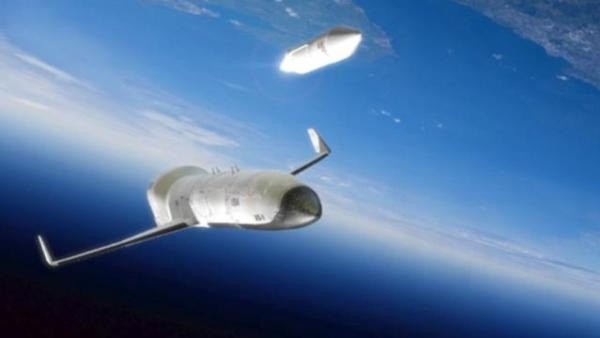The problem of achieving cheap and reliable access to space has vexed engineers since the dawn of the space age. The recent run of launch failures, including the midair destruction of a Falcon 9 rocket previously reported by the Verge, proves that space flight is still a tricky business. DARPA, the Defense Advanced Research Projects Agency, is seeking to change all of that with its XS-1 space plane project. According to a Friday story in the UK Telegraph, DARPA has awarded contracts to three aerospace firms to develop a prototype of the space plane and to come with a design for the final model.
The three companies in question are Boeing, Northrup Grumman, and Virgin Galactic. They have each been allocated just under $7 million to develop a demonstration vehicle that can fly at 10 times the speed of sound and launch a small satellite using an upper stage booster. Then the space plane would land, be refurbished, and then fly the next day to launch another satellite.
The need for such a vehicle with that kind of high flight rate is obvious, considering the possibility of Russia or China deploying anti-satellite weapons in a future conflict. The idea would be that a fleet of these space planes could replace communications and navigation satellites in Earth orbit fasting than an enemy could destroy them. Each flight of the same plane would cost $5 million, drastically slashing the cost of launching satellites.
The space plane would have a number of commercial applications as well. It might provide a cheap way to keep orbital fuel depots topped off for later use by spacecraft. One concept for future space travel involves the use of these depots to cut down on the amount of mass necessary to take a vehicle into space.















